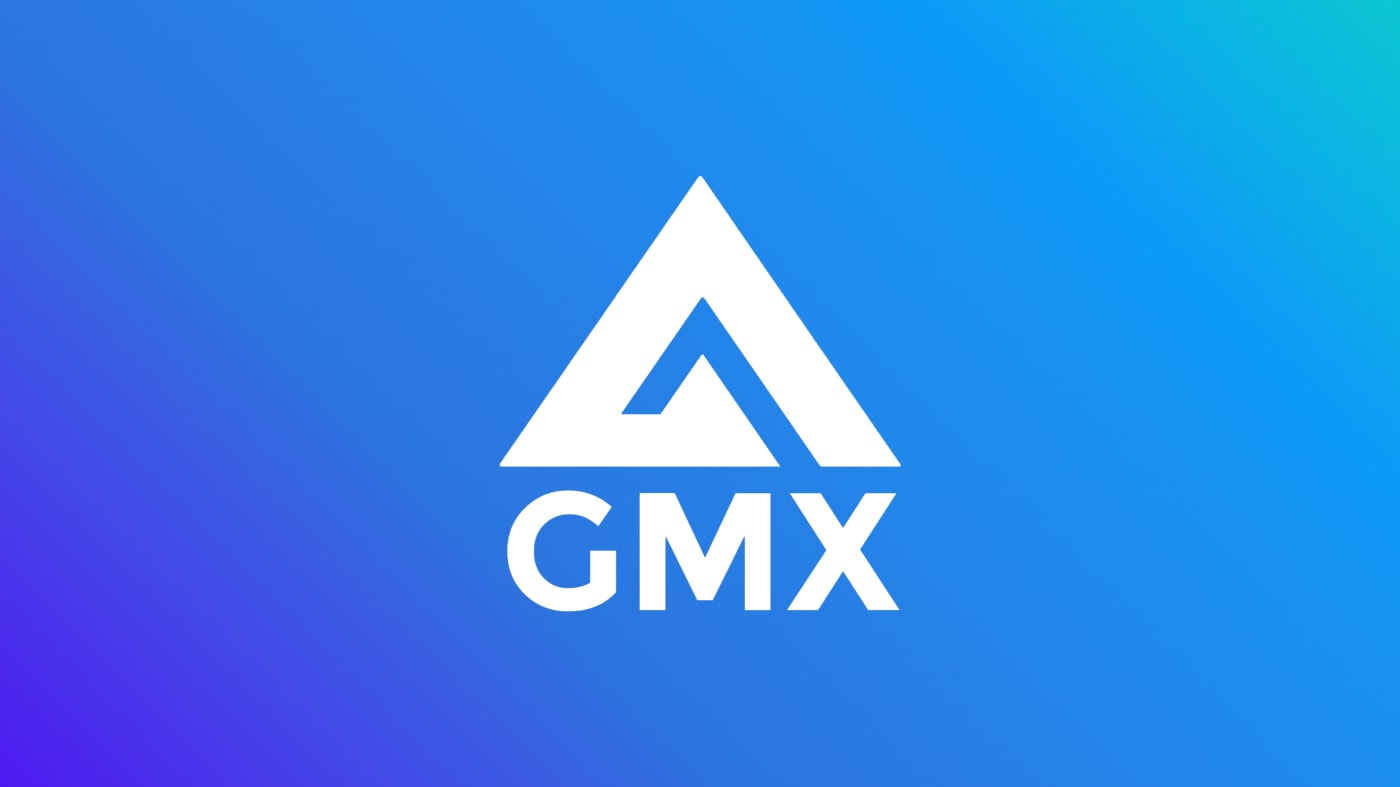GMX on Avalanche
What is GMX Protocol ?
GMX is a decentralized spot and perpetual exchange on Arbitrum and Avalanche chains that supports low swap fees and zero price impact trades. Trading is supported by a unique multi-asset pool that earns liquidity providers fees from market making, swap fees and leverage trading. Dynamic pricing is supported by Chainlink Oracles and an aggregate of prices from leading volume exchanges.
What Is Avalanche (AVAX)?
Avalanche (AVAX) is a cryptocurrency and blockchain platform that rivals Ethereum. AVAX is the native token of the Avalanche blockchain, which—like Ethereum—uses smart contracts to support a variety of blockchain projects.
The Avalanche blockchain can provide near-instant transaction finality. AVAX is used to pay transaction processing fees, secure the Avalanche network, and act as a basic unit of account among blockchains in the Avalanche network.

In this dashboard, We are going to compare trading on GMX Protocol on Avalanche several metrics (users, transactions, volume and fees) and then compare it with GMX Protocol on Arbitrum.
For GMX Protocol, we are going to mainly use arbitrum.core.fact_event_logs and avalanche.core.fact_event_logs table.
- GMX Protocol Positions Router Contract Address (Avalanche) =
0xfff6d276bc37c61a23f06410dce4a400f66420f8 - GMX Protocol Positions Router Contract Address (Arbitrum) =
0x3d6ba331e3d9702c5e8a8d254e5d8a285f223aba,0xb87a436b93ffe9d75c5cfa7bacfff96430b09868.
on GMX protocol, there are several assets which can be used for trading (USDT, USDC, WETH, WBTC, LINK, FRAX, DAI, UNI). So, for calculating the USD volume of trades, we have to use ethereum.core.fact_hourly_token_prices to join data on these tables and calculated the USD value of trades.
Trading Fees: on GMX, The cost to open / close a position is 0.1% of the position size.
I am going to only consider succesfull transactions (TX_Status = ‘SUCCESS)